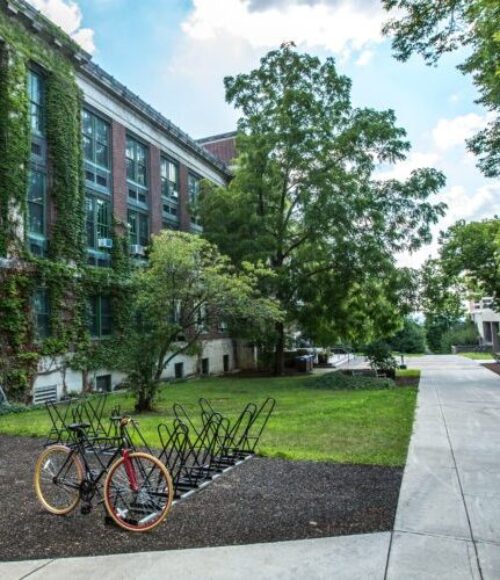Boost Your Commitment Rates This Fall
Uniqueness of Mission-Driven Organizations
Institutes of higher learning are driven by their missions. Whether they strive to cultivate a space for young minds to encounter new ideas, lead innovation and research, or teach new skills to job seekers, colleges endeavor to better society in some way. Unlike most organizations, their top priority is not the bottom line.
With a predictable number of new and returning students generating dependable cash flow, schools can usually plan their budgets with a high level of certainty. (Even so, university leaders are all too aware that colleges faced significant financial challenges prior to COVID-19. In recent years, many schools have been forced to choose between closing their doors or merging with a larger institution.)
COVID-19 has disrupted this predictable model and further threatened schools with revenue challenges. What was once simple math has become rocket science, and schools are scrambling to understand their financial picture for the coming year.
Fewer International Students
The financial issues most schools face center around student enrollments for the fall semester. One important consideration is international students.
Unlike domestic students, who are eligible for financial aid, those international students paying full tuition represent a large portion of annual revenue for many schools. We’ve seen that schools with an international student population of 10-20% use those tuition dollars to generate about 30-40% of the school’s revenue.
If schools decide to hold on-campus courses, some international students may not feel safe coming to the United States, and travel bans may restrict others from attending. Without these students, leaders are struggling to fill large gaps in their anticipated budgets. If a school is especially focused on having a diverse international student population, it may even feel that its mission is under attack.
Admissions Problems
As of the writing of this post, many high school seniors still haven’t committed to a college; students are waiting to hear schools’ plans for reopening before making a decision. If fewer freshmen decide to attend college this fall, colleges will lose a significant amount of their projected revenue.
Within the United States, students (and their parents) are more hesitant about attending school far from home. Colleges have noted the following influences on school choice this year:
- Location: Students don’t want to be far from home during the ongoing uncertainty of COVID-19. Places that were hit hard by the pandemic, like New York City, may have a difficult time attracting new and returning students to their schools.
- Quality of Instruction: There are concerns about online instruction not being as valuable as in-person teaching. If classes are held online, students may not want to pay out-of-state tuition fees.
- Missing the “College Experience”: Whether classes are held online or on a socially-distanced campus, students are concerned about missing out on the traditional college experience.
- Financial Concerns: With unemployment hovering around 16%, some families may no longer be able to afford college costs. Scholarships and financial aid packages may play a larger role in their decision-making.
Even in the best of times, the college admissions process is complicated. The majority of schools need to accept far more students than their ideal number of freshmen, knowing that most students won’t commit to their college. The pandemic has shifted these calculations; colleges project that the same acceptance rates may result in fewer committed students than usual.
To reach their target numbers, schools will have to be creative. Solutions could include:
- Focus on students within 200 miles of the school. Local schools have greater appeal than ever before, and many students will choose to attend schools that are close to home.
- Admit previously rejected applicants. Revisit, and consider admitting, students whose applications were on the border of acceptance but didn’t make the cut. Efforts can still begin with local students and expand outward as needed.
- Negotiate with accepted students. Consider additional financial aid options or specific educational offerings that make your institution more attractive. Again, start with students who live within 200 miles of campus.
Increased Operational Costs
Schools, at least temporarily, can’t rely on the large, less expensive, introductory classes taken by college freshmen to make up for upperclassmen’s smaller, more expensive, high-level courses. Lecture halls may have to operate at 50% capacity or less. The same goes for dorms.
Schools will likely need more housing, more classrooms, more class time slots—all of which cost more money. Between a drop in full-pay international students, increased operational costs, and continued health and safety concerns, some colleges may decide that it’s untenable to hold classes on campus this fall.
The Heart of the Issue
There is a fundamental tension in this year’s admissions challenge: schools want the same number of students, but they will not be able to house, teach, and feed these students in the same ways.
Colleges must be creative as they address admissions and health and safety concerns that are seemingly at odds with one another. Robust online curricula may be part of the solution.
It’s critical that schools survive this storm. Colleges create jobs, support local economies, conduct important research, foster community, and provide paths toward employment for young people. Their leaders must be willing to adapt in order to keep these important institutions alive.

